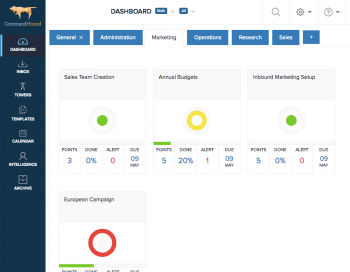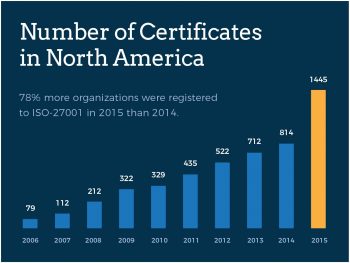Have you come to terms with the fact that accountability is the missing element to drive your team to excellence?
Insights: Accountability
Back in the day, I had a work colleague who, if she left the office before 6pm, would leave a cardigan draped over the back of her chair, and her office light on so that it would appear that she only had left her desk momentarily, perhaps to get coffee, but would be working late into the night.
We all knew that the boss was watching us and watching the clock — monitoring who came in late and left early. Time was money, and our time belonged to the company.
Why do some of your employees get all tasks done on time and as expected, but others can’t seem to have the same success rate, even when those tasks are critical and are designed to avoid, transfer, or reduce risks to the business?
Is it their motivation? Their DNA? Is it compensation? Is it culture?
As an HR professional, you know that successful employee onboarding is an essential part of any business strategy. It can improve retention rates and time-to-productivity for the organization.
It can make the difference between a happy and committed employee and one who feels no investment in the success of the business.
What are the biggest challenges faced by companies when implementing the COBIT 5 framework into their organization? We gathered information from multiple sources to find the top three.
As a Human Resources professional, chances are you are drowning in the acronyms of workplace law and regulation. ADA, COBRA, DOL, ERISA, HIPAA, FLSA, NRLA, etc. — They can add up to a big HEADACHE.
We dived deep into how companies set up Information Security Management Systems (ISMS) and found 8 key trends that lead to a successful ISO-27001 certification.
Why do some employees seem always to get things done on time and as expected, while others struggle? Is it in their DNA? Is it an organizational culture that condones missed deadlines so that some people do not feel the pressure to perform as well? Are incentives, like bonuses, or penalties, like losing a job, accomplishing their objectives?
An audit manager is very much like the captain of a large ship. The captain can’t complete a successful voyage alone; no matter how skillful he is or how much time she has spent on the water.
The captain can chart the course, but each member of the crew must carry out his or her duties and tasks as planned and in a timely manner for the ship to reach its destination safely and on time. One mistake or omission could end in disaster.
The annual performance review is an excruciating ritual that has been around for a really long time, but, in 2017, it’s just not cool anymore.
It is a 20th century model that just doesn’t work for the 21st century. Managers see them as time consuming and not always reflecting employees’ real contributions. Employees, especially millennials, can find them demeaning and unfair.
But how can we provide the feedback that is essential to an employee’s growth without a review? And how can management gather and organize information on employee performance to use in human resources decisions?






